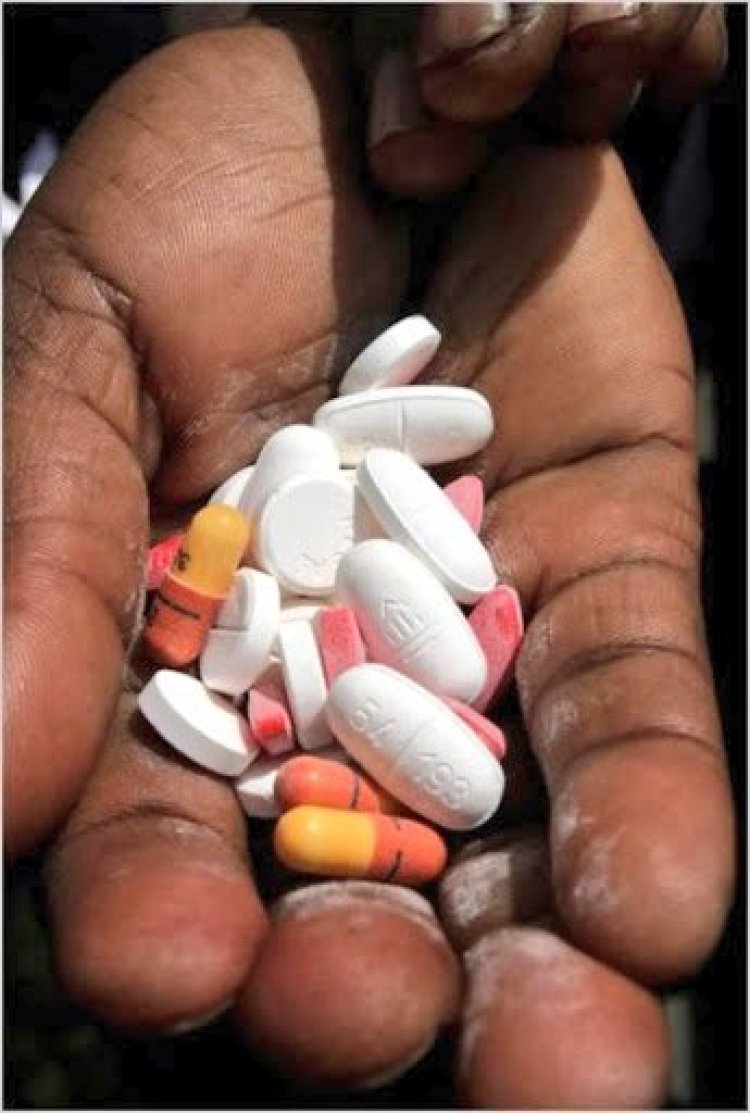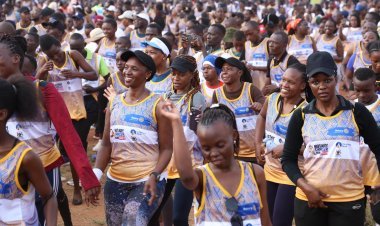Mbarara HIV+ve Girls Abandon ARV Treatment, Continue Spreading Virus

Story written by; Uganda Radio Network (URN)
Authorities in Mbarara city, western Uganda have expressed concern that people living with HIV/Aids are increasingly dropping off antiretroviral therapy (ART).
Mbarara HIV/Aids focal person, Dorcus Twinabaitu says that many young women and girls stop their treatment a few months after being enrolled. She said it is of concern and alarming as these girls further contribute to the spread of HIV/Aids when they return to the community.
According to Twinabaitu, between October and December, at least 3,441 young women and girls aged 20-29 enrolled unto ART care, while another 3,273 enrolled between January and March this year. She said that there is a significant increase in new HIV cases among young women and girls aged 15-29 in comparison to young men and boys of the same age group.
She said that the high numbers of new infections are a result of many young girls engaging in unprotected commercial sex with men over 45. Twinabaitu said that in Mbarara, the number of new HIV cases from October last year to March this year, is higher in women than in men - noting that 628 women have been diagnosed compared to 408 men.
She added that the prevalence is high among young women, with 185 cases among those aged 20-24 and 158 cases among those aged 25 to 29. In contrast, 34 cases were registered among boys aged 20-24 and 91 cases among those aged 24-25.
Micheal Matsiko, head of Uganda Aids Commission southwestern region said that the drop in young girls and women from ART doesn’t reflect well in the fight against HIV since the aim of suppressing the virus to reduce the risk of further infections will not be achieved.
He blamed the drop outs on the people being ignorant of the dangers, drug fatigue due to daily dosage, movement of patients from one place to another while others want to continue keeping it a secret due to stigma. Dr Stephen Asiimwe, head of research at Uganda AIDS Commission also expressed concern over the increasing number of new infections that have led to HIV prevalence in the Ankole region being higher than the national prevalence standing at 5.1 per cent.
Besides Buhweju and Mitooma which have slightly lower HIV prevalence, other 10 districts and one city in the Ankole region, the HIV prevalence is higher with Mbarara district having the highest prevalence at 14.4 per cent, Kiruhura at 9.5, Bushenyi 9.2, Mbarara city 8.1, Sheema 7.5, Ibanda 7.3, Rubirizi 6.1, Ntungamo 5.9, Mitooma 4.7, Buhweju 3.8 and Isingiro 3.0.
Moses Bindeeba, a person living with HIV asked the government and other stakeholders in the fight against HIV to recruit sign language experts at health centres to assist the deaf.

 POATV Reporter
POATV Reporter 































